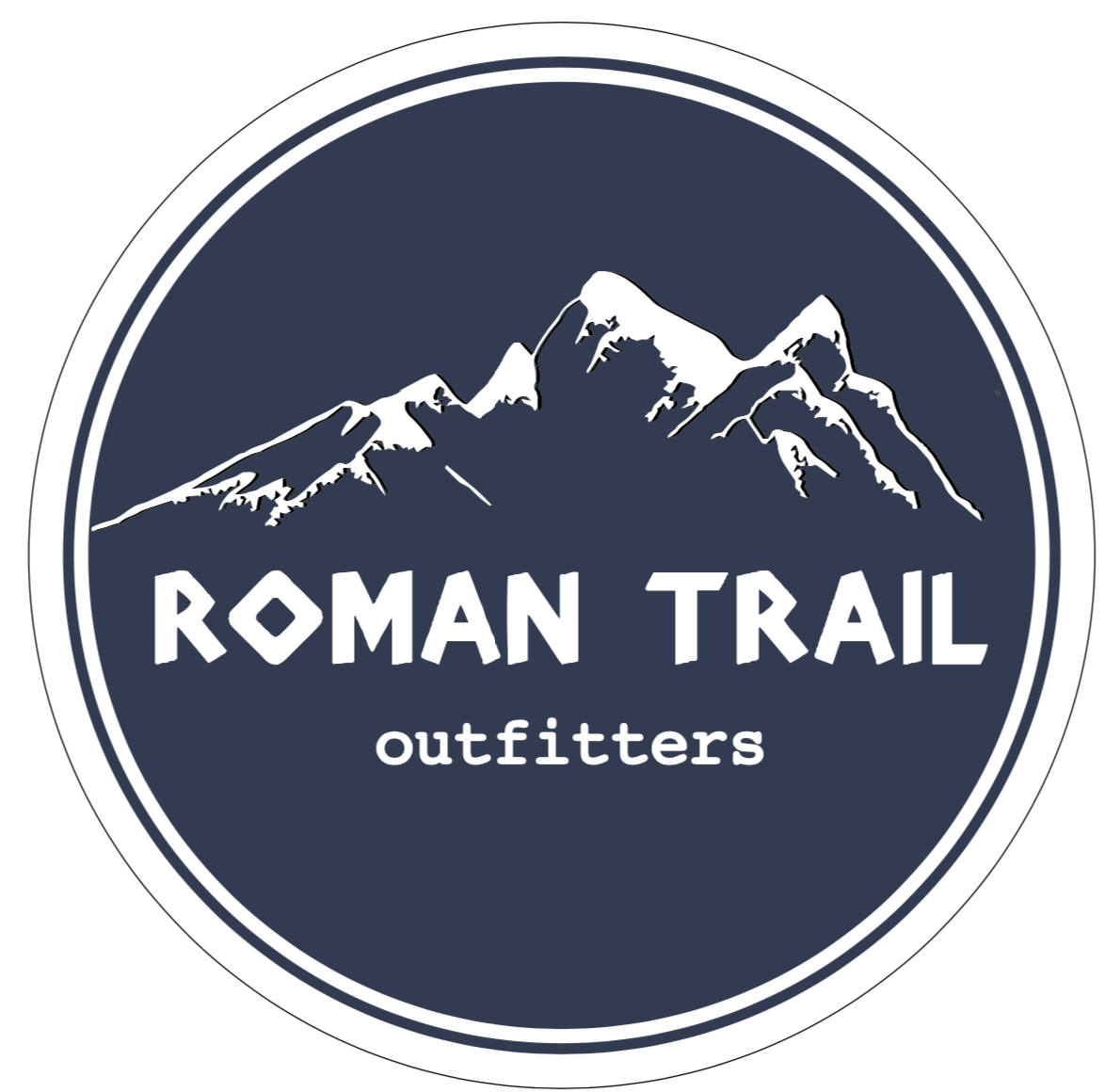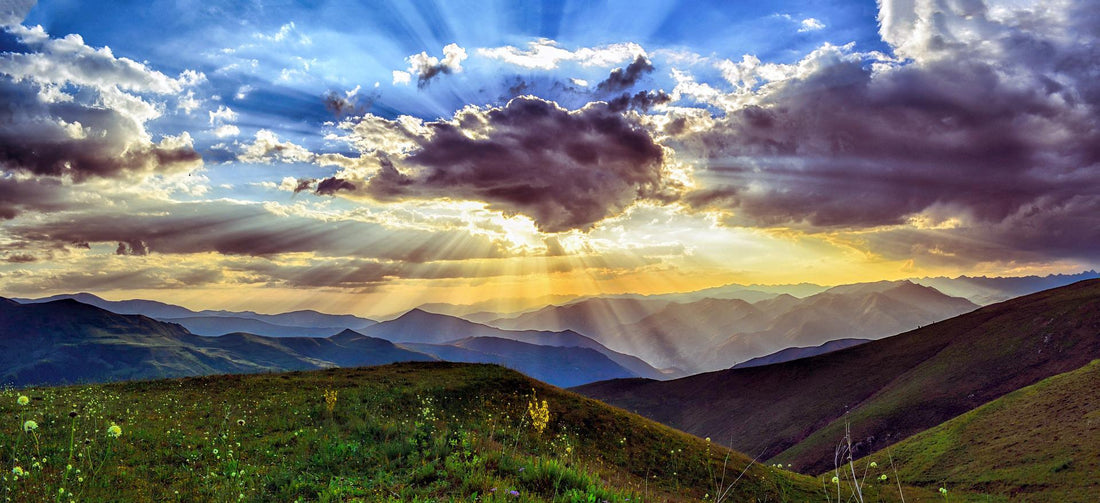Summertime means longer days that are enjoyed in the outdoors. With the extra sunlight during this time of year, many hiking trails are just waiting to be explored. But which trails should you choose? Here are four tips for finding the perfect hike.
Choose a Trail That Fits You and Your Fitness Level
Whether you’re an experienced hiker or just starting, trails are available for every fitness level. You might even find yourself drawn to a route based on its name. For instance, “The Grand Canyon Rim Trail” sounds more adventurous than “The Little Colorado River Trail.” Make sure to research the difficulty level and terrain types you might encounter before finalizing your trail choice. Selecting one that is too easy can lead you to want more in the end but choosing one that is outside your fitness is dangerous. When thinking about how vigorous the trail is, another aspect to consider is also how many miles you will be hiking. If you’re looking for a short hike, consider a local park or trail with easy access. Or, if you’d prefer something longer, try a state park or national forest.
If a hike is outside your fitness level, don’t check it entirely off the list of possibilities, as you can always train to hike it down the road.
Know Where You Want to Go
Before heading out into the wilderness, ensure you know where you want to go, as this will help you learn how to navigate safely through unfamiliar terrain. This is especially important for longer hikes that might cross other trailheads, as one wrong turn can be the difference between finding your car and sleeping under the stars. If you’re new to hiking, consider taking a class at a local community center or outdoor education program. Always essential to bring a map and a compass just in case instead of just relying on technology to follow your trail.
Pick a Trail That Matches Your Gear
You might not think much about it until you’re halfway up a mountain, but having the proper gear can mean the difference between an enjoyable trip and a miserable one. Being prepared is rule number one when enjoying the great outdoors. The terrain you will experience will dictate what you will need to bring. This might seem pretty straightforward, but you would be surprised how many people I see on the trail with sneakers when the terrain requires hiking shoes. For example, this footwear miscalculation can lead to twisted ankles and unsure footing, especially after an unexpected rain storm. In addition, the pack that you bring should also be able to accommodate all the gear required to have a fantastic experience.
Some examples of gear that you should bring on any hike include:
Water- If you are hiking in the hot sun, plan on at least 1 liter per hour you predict you will be hiking.
Food- Some great snack ideas for your backpack include trail mixes, dried fruits, granola bars, jerky, energy or protein bars, and peanut butter.
Sunscreen/Sun Protection- Sunscreen is essential year-round, but especially in the warmer months, a hat will add another layer of sun protection.
Merino Wool Base Layer- A Merino Wool Base Layer helps regulate your temperature year-round. This is a must-have for any hiking trip. Our favorite is our Women's Merino Wool Base Layer.
Bug Spray- Depending on the trail you will be hiking, a product with DEET might be needed.
Multi-Tool- This versatile tool can solve a lot of problems and be used for a variety of things. Need we say more?
First Aid Kit- A basic first aid kit for hiking should include antiseptic wipes, bandages, antibacterial ointment, gauze, tweezers, medical tape, antihistamines, and ibuprofen.
Water Filter- A water filter will allow you to drink water without boiling it first.
Fire Starter- Waterproof matches, butane lighters, or flint can help start a campfire if you unexpectedly need to spend the night in the wilderness.
Flashlight & Extra Batteries- Select an ultra-light flashlight as they offer excellent brightness and are lightweight and compact. Some flashlights are even rechargeable.
Extra Clothes- It is always a good idea to pack some type of shell coat or clothing to keep you dry. An additional set of clothing is a great idea, but a spare set of socks is crucial. Wet socks can lead to blisters.
Watch the Weather
The weather and time of year can play a significant role when selecting a trail. It is not uncommon for a track to still have snow in the spring or encounter an afternoon thunderstorm in the summer. Considering what weather conditions you might experience can help you get the most from your adventure. When the temperatures heat up, aim to select trails that offer sun protection via tree cover or start hiking earlier. For instance, when hiking my first fourteener when I moved to Colorado, we showed up at the trailhead at about 10 am. We learned the hard way why many of the people coming down had headlamps from starting their climb at 4 am after we were caught in a nasty thunderstorm that popped over the mountains. We ended the last portion of our hike in a downpour. You can be ready for whatever mother nature throws at you with a little more preparation.
The Bottom Line
Although it might take a little extra time to select the right trail, the research will be worth it as it will allow you to make the most of your hike. Happy hiking, and don’t forget to tag us at #MyRomanTrailStory on your next adventure!
________________________________________________________
About the Author
Katie Pierson
Katie is the creator of MT Girl Fitness and a freelance writer with a passion for the health and wellness industry. She has been a certified health and fitness professional for almost twenty years. She currently holds ten certifications and looks forward to sharing her passion for health and wellness with you.





